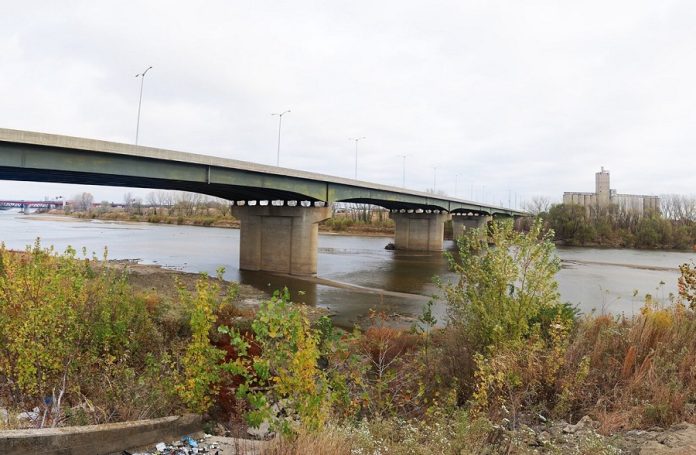
A new book called One Hundred and Fifty Years of Change on the Great Plains shows how much the landscape of Kansas and western Colorado has changed over the past 150 years.
The book uses a method called repeat photography—where modern-day photos are taken in the same spots as old ones—to highlight the changes.
The author, Town Peterson, isn’t just a photographer. He’s a professor of ecology and evolution at the University of Kansas (KU) and a senior curator at KU’s Natural History Museum.
While his main research focuses on birds, biodiversity, and disease transmission, this book reflects his new interest in “historical ecology.”
This field looks at how environments have changed over long periods, much further back than current studies can show.
Peterson used old photos from 1873, taken by photographer Robert Benecke, who was hired to travel along the Kansas Pacific railroad and capture scenes for promotional purposes. These photos were later stored at Southern Methodist University.
What makes these photos special is how well the locations were described.
Unlike other collections where the photographer only gave rough estimates, Benecke was specific about where he took his photos, referencing exact towns like Brookville or Russell.
During the COVID-19 pandemic, when Peterson couldn’t travel for his usual research, he decided to work on this project.
He went through Benecke’s collection and chose about 50 landscape photos to recreate. Over the next few years, Peterson traveled back and forth from Kansas City to Denver, trying to find the exact spots to take new photos from the same angles.
Some locations were hard to find or difficult to photograph due to changes like dense brush or new buildings.
Peterson had to make tough choices when the landscape had changed too much. For example, in one case, a cement drainage culvert had been built in the exact spot where Benecke had photographed a river.
Peterson had to decide whether to photograph the culvert or move down the river to get a shot that felt closer to what Benecke saw.
One of the biggest changes Peterson noticed in his research was the increase in trees. The plains that were once mostly treeless now have trees stretching all the way to Denver, especially in towns.
“We live in the Great Plains, but when you look out the window, it looks like a forest,” Peterson said. This increase in trees, called “afforestation,” is a major shift. He’s currently studying how this change has affected wildlife, as many species have moved into the newly forested areas.
Interestingly, Benecke’s photos don’t show some iconic images of the American West, like buffalo or Native American life. Peterson thinks this is because the photos were meant to promote settlement.
The goal was to sell land along the railroad, which had been given to the railroad company by the U.S. government. These images were designed to make the plains seem attractive to settlers from the East, not to show the hardships they might face.
Peterson’s book is free to read online as an e-book through KU ScholarWorks. For those who prefer a physical copy, a hardcover version is available for purchase at the cost of printing and shipping.
This book offers a fascinating glimpse into how much the Great Plains have transformed over the past century and a half.



